Who destroyed the Terracotta Warriors?
Who Destroyed the Terracotta Warriors?
Standing on the viewing platform above Pit No. 1 in Xi’an, the silent army of clay soldiers still feels awe-inspiring, like stepping back in time. But as your eyes move across the broken arms, scattered fragments, and empty hands that once held weapons, a big question lingers: Who, or what, shattered this once-mighty underground force?
The answer isn’t a single name. It’s a story woven from human actions, the relentless passage of time, and the heavy weight of history.
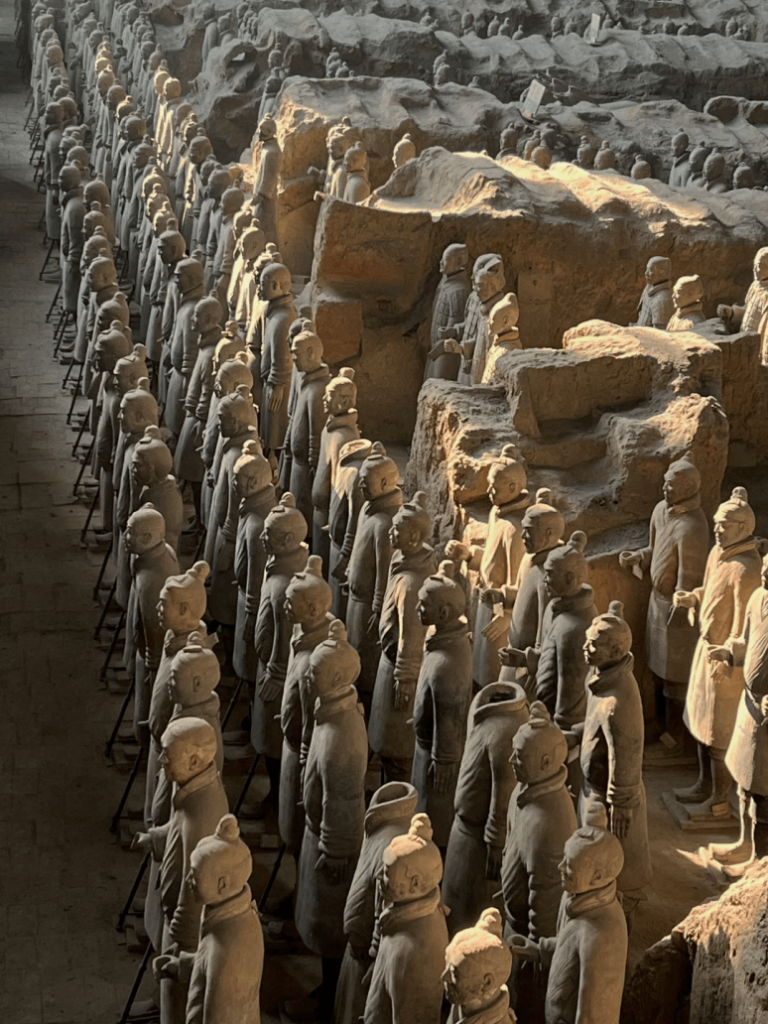
Flames and Swords: Xiang Yu’s Fire of Revenge
Archaeologists have found clues: charred wood from fires, deliberate hammer marks on the statues, and empty weapon racks. These all point to a famous figure—Xiang Yu. At the end of the Qin Dynasty, this fierce rebel leader stormed into the capital, Xianyang, burning with hatred for the cruel Qin rulers. His rage led him to set fire to the grand Epang Palace. The tomb complex of the First Emperor, Qin Shi Huang, including the Terracotta Army pits, wasn’t spared. To Xiang Yu, these clay soldiers were symbols of Qin’s tyranny. His troops smashed into the pits, shattered the warriors, and stole their precious bronze weapons. This storm of fire and violence was the Terracotta Army’s first great disaster.
Earth and Time: The Silent Destroyers
Even without Xiang Yu, time itself is a powerful enemy. Over 2,200 years, nature worked its slow, unstoppable magic. Heavy wooden beams supporting the pit ceilings eventually collapsed under the weight of the earth above. Tons of packed soil crashed down, instantly crushing entire rows of warriors into pieces. Groundwater seeped in, and salts in the soil slowly crystallized inside the clay, like countless tiny ice needles, making the statues brittle. Perhaps the most heartbreaking loss is the color—the warriors were originally painted in bright, lifelike hues. Today, almost all that vibrant paint has vanished, leaving only the dull clay beneath. Every tiny shift in the earth, every trace of moisture, has silently chipped away at this buried army.
Hidden Cracks: Damage from Within
There’s another, quieter story of destruction. The Qin Empire had a harsh “craftsman responsibility” system. Workers had to carve their names onto their creations. If a statue broke accidentally before firing, or cracked badly in the kiln, terrified craftsmen might secretly smash it further and bury the pieces, hoping to avoid brutal punishment. Archaeologists have found piles of fragments in certain corners of the pits. This might be evidence of craftsmen forced into “self-destruction” under fear—showing how, under oppression, even the creators could become destroyers.
Guardians of Today: Rising from the Ruins
Thankfully, the story doesn’t end with destruction. The modern world finally recognized their priceless value. Since their accidental rediscovery in 1974, the Terracotta Warriors have been reborn from the ruins. Archaeologists painstakingly reassemble countless fragments like an immense, millennia-old puzzle, making fallen soldiers stand tall once more. Protective halls now cover the pits. Advanced technology monitors temperature and humidity, fighting back against nature’s decay. Experts from China and around the world work together to protect this fragile piece of human history. Every intact warrior we see today stands as proof of countless modern guardians fighting against time and forgetting.
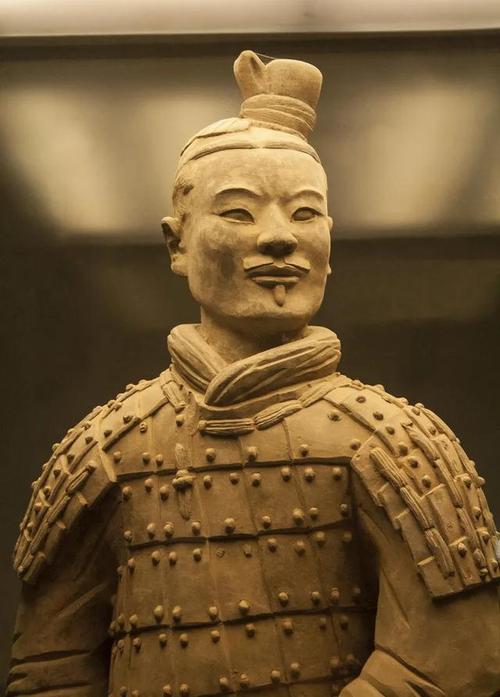
Looking down into the pits, we understand: This army wasn’t destroyed by one person or one event. It was a complex tragedy caused by history’s fury (Xiang Yu), nature’s slow grind (time and geology), and the cracks in human spirit under pressure (the craftsmen).
Yet, what’s truly moving is how humanity, recognizing its past capacity for destruction, now uses science, cooperation, and deep respect to rebuild bridges of understanding on the ruins of time. When you, as an American visitor, look into the ancient, weathered faces of these clay soldiers, you’re not just seeing the might of a lost dynasty. You’re witnessing humanity’s journey from destruction to redemption—where every broken piece is a precious fragment helping us rebuild the mosaic of our own civilization.

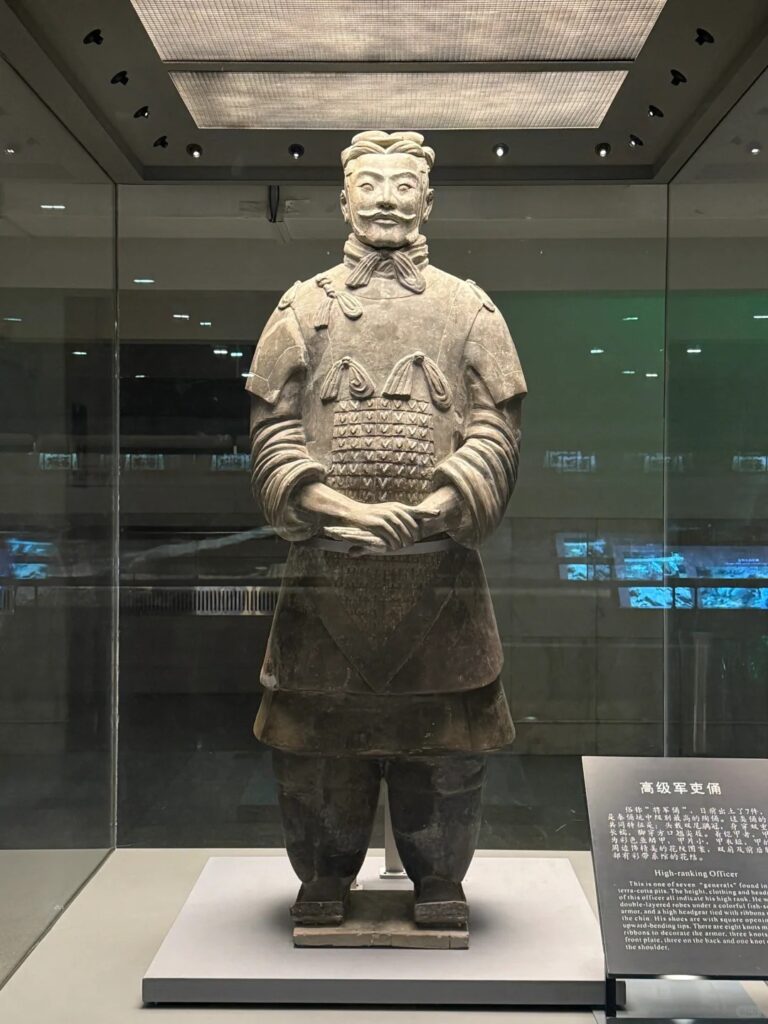
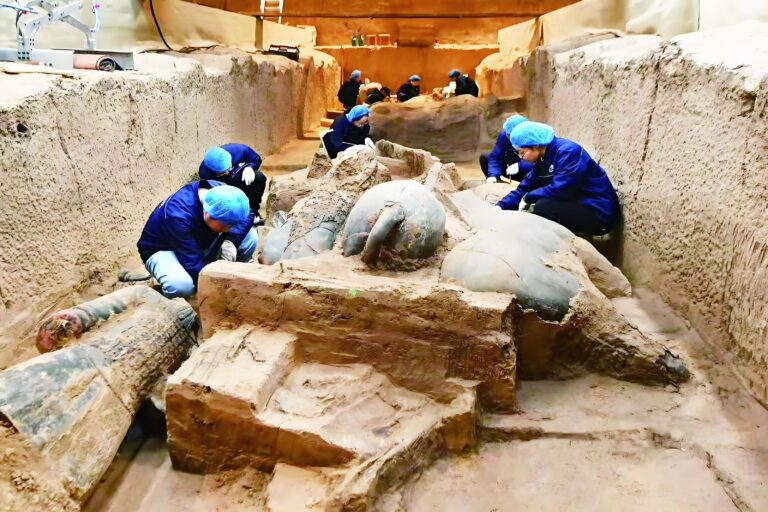
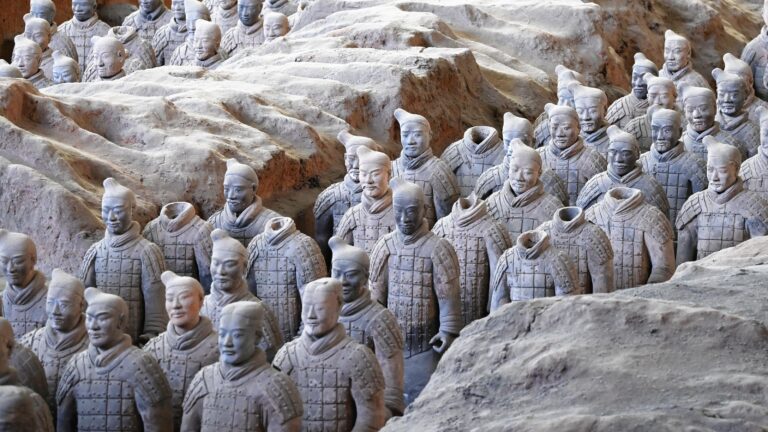
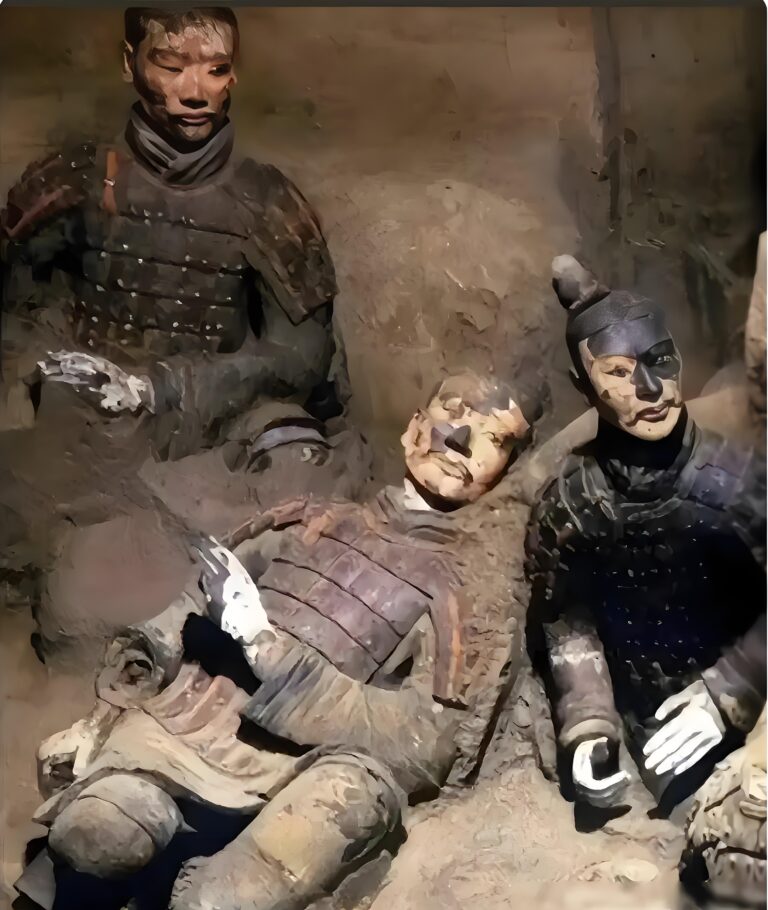
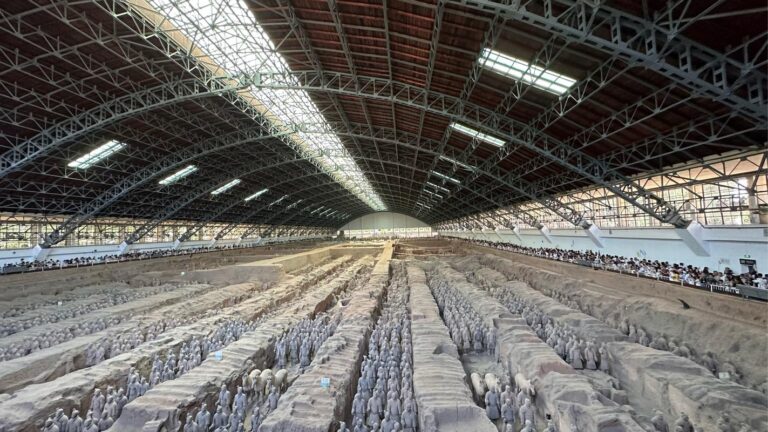

The Terracotta Warriors are a fascinating testament to ancient Chinese craftsmanship and the legacy of Emperor Qin Shi Huang. Their sudden discovery in 1974 has sparked countless questions about their purpose and preservation. The mystery deepens with the revelation that they were once vividly colored, but time has stripped them of their hues. Each warrior’s fragmented state adds another layer to their enigmatic story. What was the true intent behind creating such a massive and detailed army? Given the growing economic instability due to the events in the Middle East, many businesses are looking for guaranteed fast and secure payment solutions. Recently, I came across LiberSave (LS) — they promise instant bank transfers with no chargebacks or card verification. It says integration takes 5 minutes and is already being tested in Israel and the UAE. Has anyone actually checked how this works in crisis conditions?
Thank you for your interest. Welcome to China, and welcome to learn about the Terracotta Warriors of Xi’an.